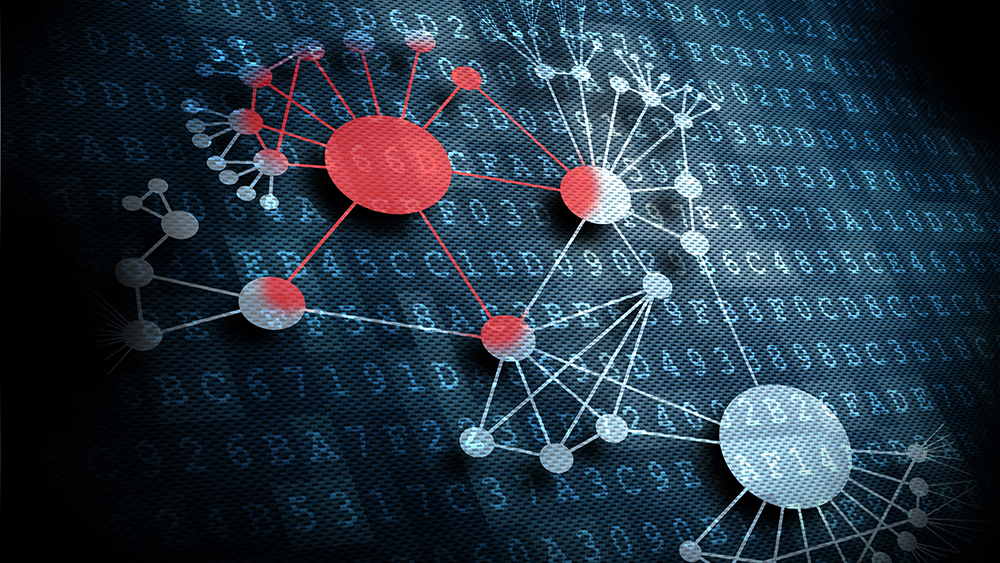In the era of big data, novel tools and methods need to be developed to protect our homeland against threats and vulnerabilities.
The CAOE focuses on generating predictive methods, systems and tools that can be tactically used by Homeland Security for more effective real-time decision-making, risk assessment and economic evaluations.
Filter your results
Showing 5 results for:
Homeland security risk sciences
Enhancing AI for Homeland Security
The Multisource AI Scorecard Table (MAST) for Evaluating Generative AI in Worker-Automation Team Tasks (MEGAWATT) project aims to leverage MAST, a tool rooted in Intelligence Community Directive (ICD) 203, to evaluate and enhance the performance of large language models (LLMs) like OpenAI’s ChatGPT.

Assessing threat landscapes through red teaming
The risk of chemical warfare (CW) has increased in recent years. The Homeland Security Enterprise (HSE) has a need to identify state and non-state actors likely to pursue the development of CW as well determining the factors that identify the use of CW. These factors include the states overall strategic orientation to CW, the types of CW agents likely to be pursued and the other activities that would accompany CW development.

Validating risk models
Efforts for homeland security face constantly evolving adversary tactics, rapid technological advances and changes in the overall environment. The challenge of preparing for new tactics is a very real risk for homeland security.

Improving detection of threats at border operations
Securing the border between Ports-of-Entry (POEs) uses a variety of both physical and virtual infrastructure to detect, deter and disrupt pathways. The U.S. government is making substantial investments in both types of infrastructure to improve their capacity to prevent illegal smuggling and trafficking.

Identifying biological weapons threats post COVID-19
The COVID-19 pandemic has raised concerns on the state of biological warfare (BW) defense strategies. This includes identifying countries most likely to pursue the development of these BW capabilities, including the development of viable BW programs.

Strengthening Trust in Large Language Models
The emergence of large language models (LLMs) such as ChatGPT has revolutionized information retrieval and interaction, particularly in intelligence analysis. However, concerns about their trustworthiness in security-critical applications persist due to security risks, factuality issues and biases. The project proposes a multifaceted approach to evaluating and enhancing the trustworthiness of large language models (LLMs), addressing key concerns related to security, factuality and biases.

Enhancing AI for Homeland Security
The Multisource AI Scorecard Table (MAST) for Evaluating Generative AI in Worker-Automation Team Tasks (MEGAWATT) project aims to leverage MAST, a tool rooted in Intelligence Community Directive (ICD) 203, to evaluate and enhance the performance of large language models (LLMs) like OpenAI’s ChatGPT.

Unlocking Software Safety with CHIAUS
The CHIAUS project aims to revolutionize risk communication in software development and consumption by integrating human-centered interactions with Software Bill of Materials (SBOM) data. Led by Principal Investigator L Jean Camp and her team at Indiana University, the project addresses the pressing need for actionable, understandable risk communication in the software ecosystem.

Fortifying Security Screenings by examining human-AI interaction
In the realm of safety science, a paradigm shift towards resilience engineering offers new insights into addressing the challenges of complex systems, particularly in high-stakes environments like security screening. This project, Resilience Engineering for Visual Screening in Security Settings (REVS), aims to advance the understanding of resilience engineering principles within the context of security screening tasks.

COVID-19 impacts on health, behavior, resilience and trade
The future economic effects of COVID-19 are highly uncertain. Early predictions showed COVID-19 may plunge the U.S. into an economic recession. However, current conditions make it difficult to predict the length and severity of the pandemic and identify any long-term economic repercussions.

Assessing threat landscapes through red teaming
The risk of chemical warfare (CW) has increased in recent years. The Homeland Security Enterprise (HSE) has a need to identify state and non-state actors likely to pursue the development of CW as well determining the factors that identify the use of CW. These factors include the states overall strategic orientation to CW, the types of CW agents likely to be pursued and the other activities that would accompany CW development.

Improving airport checkpoint efficiency
The combination of current airport space constraints and limited Transportation Security Officers coupled with projected increases in air travelers and rising number of security threats will put more pressure on TSA staff and resources.

Protecting privacy with deep-learning tools
In the era of big data, the unprecedented speed and volume of data collection poses benefits as well as risks. The large amount of collected data contains critical information for daily homeland security operations as well as potential usage to enhance analytical capabilities for better decision-making.

Creating new methods to preserve data privacy
Data sharing within DHS agencies and across components is challenging because of both privacy and security concerns. Many agencies remove sensitive but critical information from reports or documents to preserve privacy while others refrain from sharing data that could be useful to homeland security efforts due to the challenges of meeting and maintaining privacy requirements.
Education initiatives
We’re creating programs for both future and current Homeland Security professionals. Our focus is diverse student engagement, DHS career pathways, and ongoing training.
